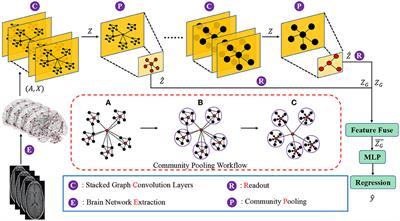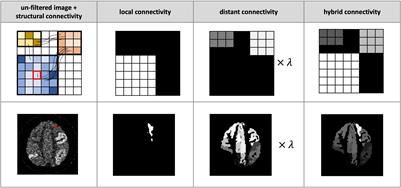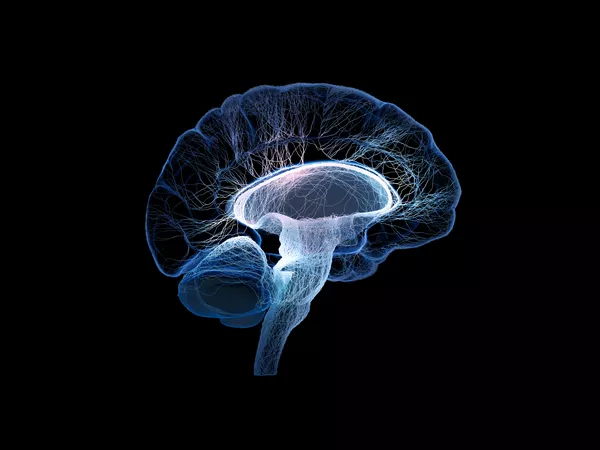EDITORIAL
Published on 13 Feb 2023
Editorial: Current advances in multimodal human brain imaging and analysis across the lifespan: From mapping to state prediction
doi 10.3389/fnins.2023.1153035
- 2,347 views
- 1 citation
8,773
Total downloads
63k
Total views and downloads
Select the journal/section where you want your idea to be submitted:
EDITORIAL
Published on 13 Feb 2023
METHODS
Published on 12 Jul 2022

ORIGINAL RESEARCH
Published on 30 May 2022

REVIEW
Published on 07 Oct 2021

ORIGINAL RESEARCH
Published on 06 Oct 2021

ORIGINAL RESEARCH
Published on 29 Sep 2021

